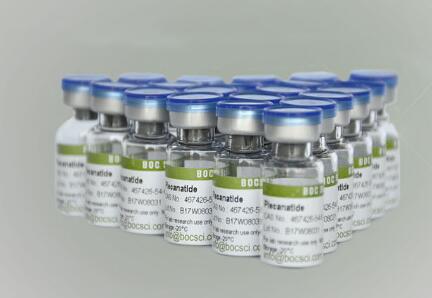Description & Specifications
|
Fragment-based drug discovery, also known as fragment-based lead discovery, is gaining momentum as a complementary approach to traditional screening. This is because significantly fewer compounds are required to be synthesized and screened by fragment-based approaches. A high success rate is also shown in generating chemicals with lead-like properties. The starting fragments have low molecular mass when compared with other traditional screening hits. Although the binding interactions of these fragments with a target protein are weak, they can be structurally understood through multiple techniques and exhibit high ‘ligand efficiency’. Methods are being developed to search chemical space more effectively by screening a relatively small number of fragments with low molecular weight. Although a large number of drug-like compounds can be synthesized, and the molecular weight would increase, which has a negative effect on drug discovery. So, restricting the molecular weight by screening only fragments and scaffolds allows a larger area of possible chemical space to be explored, for fragments with low molecular weight and weak binding are connected to form high-affinity, higher-molecular-weight ligands becoming much more easily. BOC Sciences provides several methods to meet fragment-based drug discovery purposes. |

